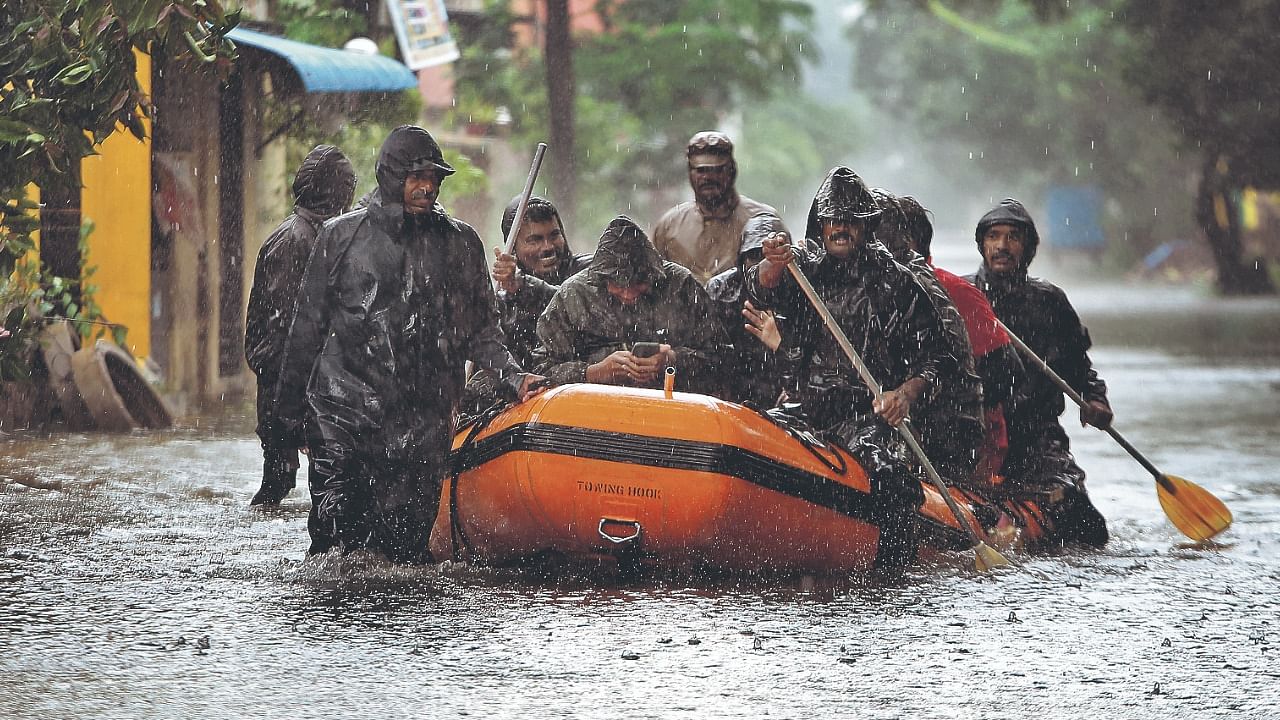
Tamil Nadu has reeled under the fury of a northeast monsoon which is heavier than usual and Chennai city had taken the brunt of the assault. The situation was aggravated by a depression in the Bay of Bengal which touched the coast on Thursday, resulting in more rain accompanied by winds. The spell of rain has lasted for more than a week and the city and some other areas of the state are still experiencing the impact. A number of lives have been lost and a lot of property has been destroyed. Many parts of the city were under water and normal life was badly disrupted. Public and private transport and air services were affected and schools and business establishments remained closed. It is believed that the worst is over but it may take days for normalcy to be restored in many areas.
The downpour and the flooding raised fears of a repetition of the 2015 event which was unprecedented and caused the loss of over 400 loves and much greater damage. The latest experience has again shown that the city is prone to inundation and resulting paralysis. Whatever was done in the last few years to face such eventualities has proved inadequate. Some work was done to clear and build stormwater drains and to clean up the rivers Cooum and Adyar. There are other water channels and canals too and the free flow of water along these is the key to water management in the city. Chennai has suffered from poor reservoir management. The maintenance and upkeep of water bodies inside and outside the city are important for the proper management of water resources. This is especially important in a city that suffers water shortage in the summer months.
Constructions, both legal and illegal, and encroachments on a massive scale have disrupted and upset the balance of nature in the city in the last many decades. Hundreds of lakes, tanks and wetlands have disappeared and natural courses of water have been blocked. This is not a situation that exists only in Chennai. All other cities have lost their water bodies and watercourses and are suffering the consequences now. There will be a bigger price to pay for the onslaught on nature in the coming years with climate causing more extreme weather events. The efforts made to deal with the present problems do not go beyond cosmetic solutions. For durable solutions, the least that can be done is to reclaim as much of the lost water assets as possible, secure the existing ones and ensure that no further damage is done to them. But unfortunately, all the concerns go sway when the water recedes and the rains go away